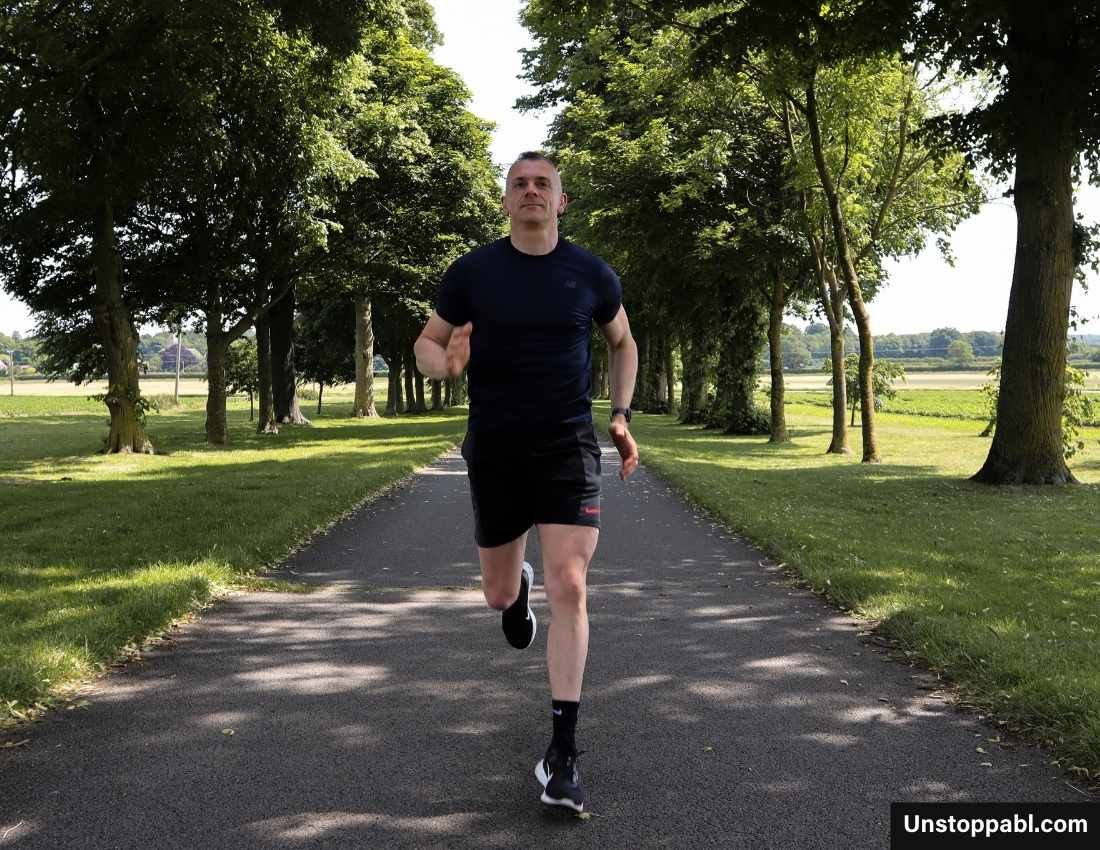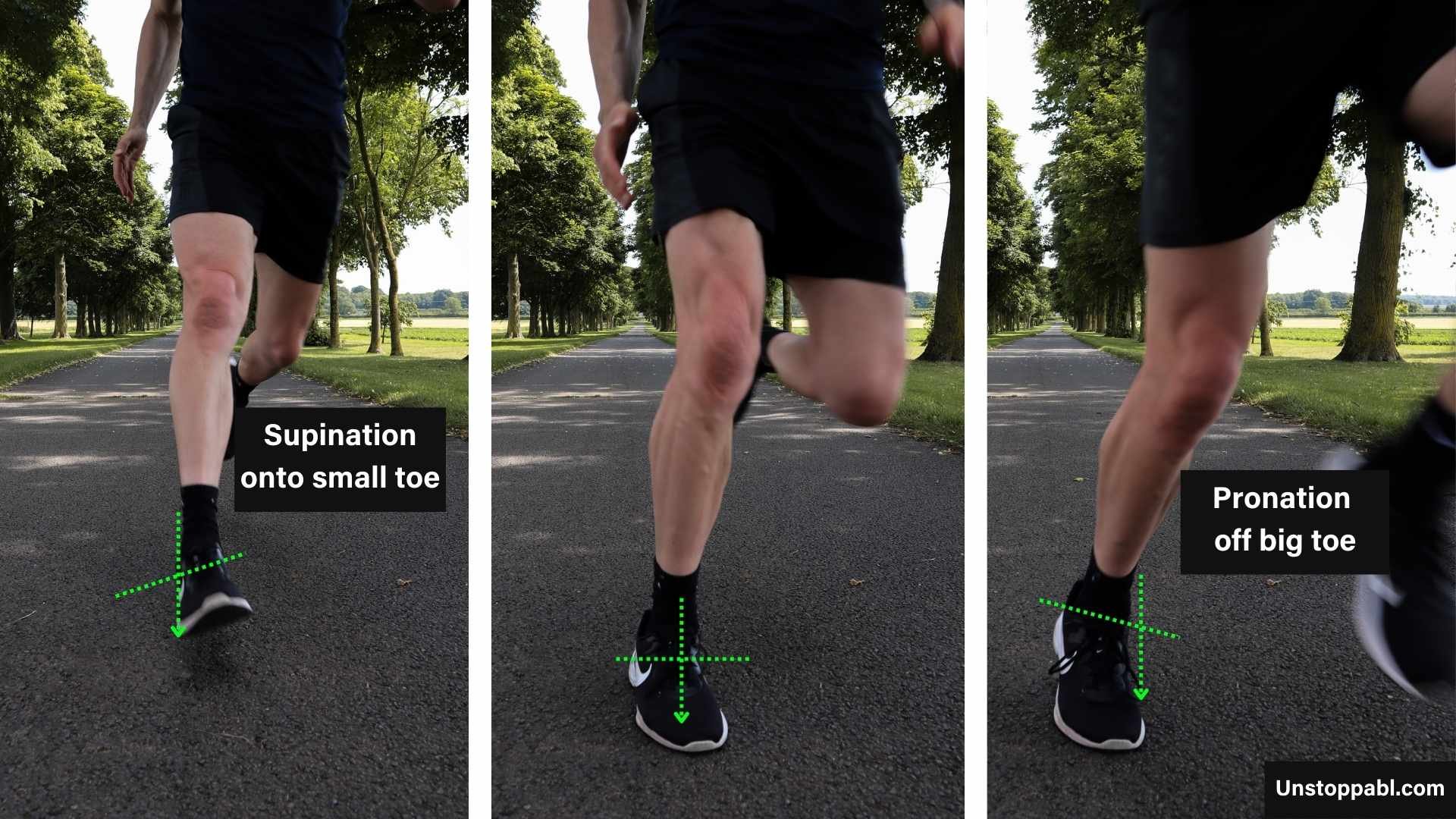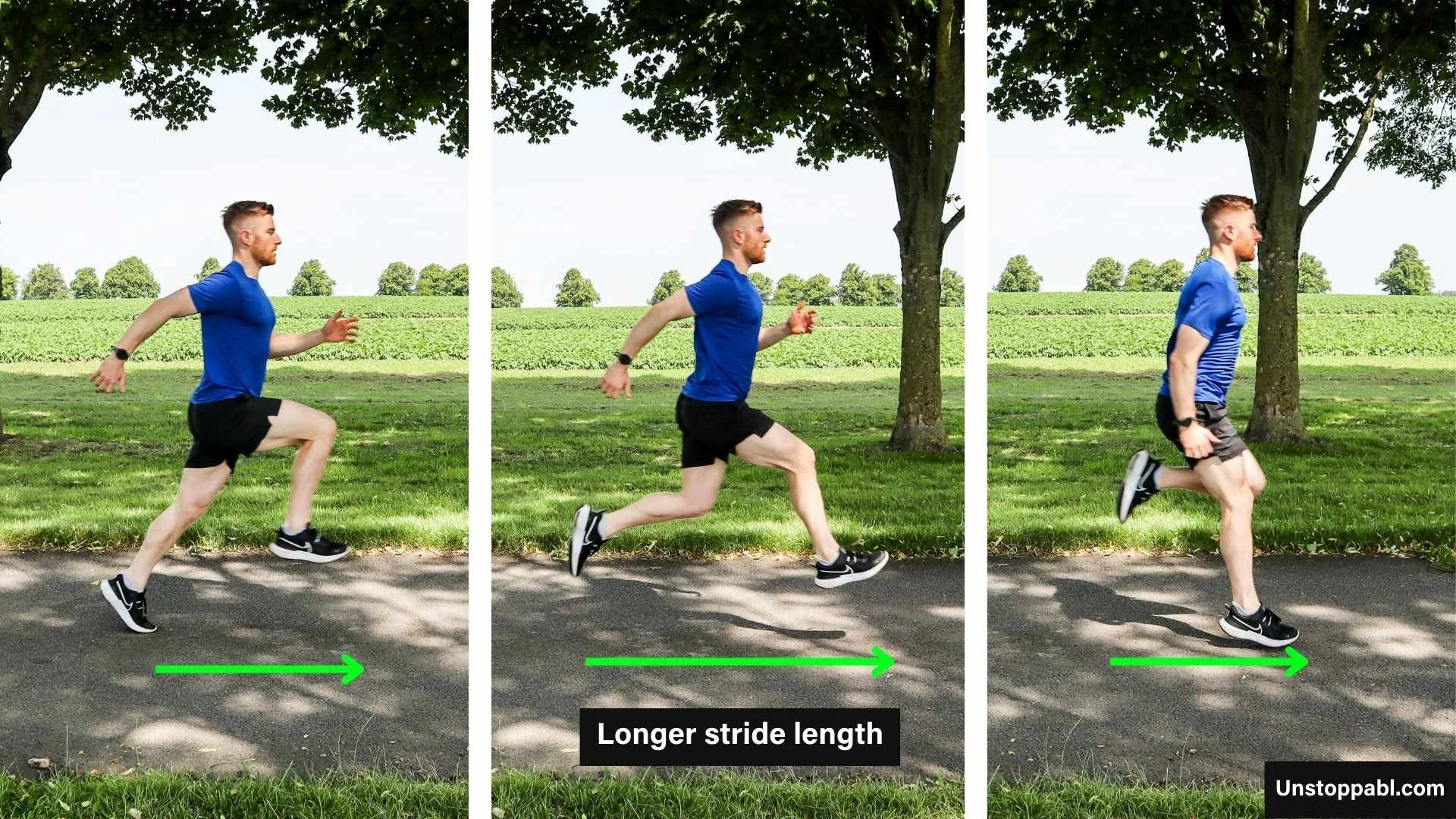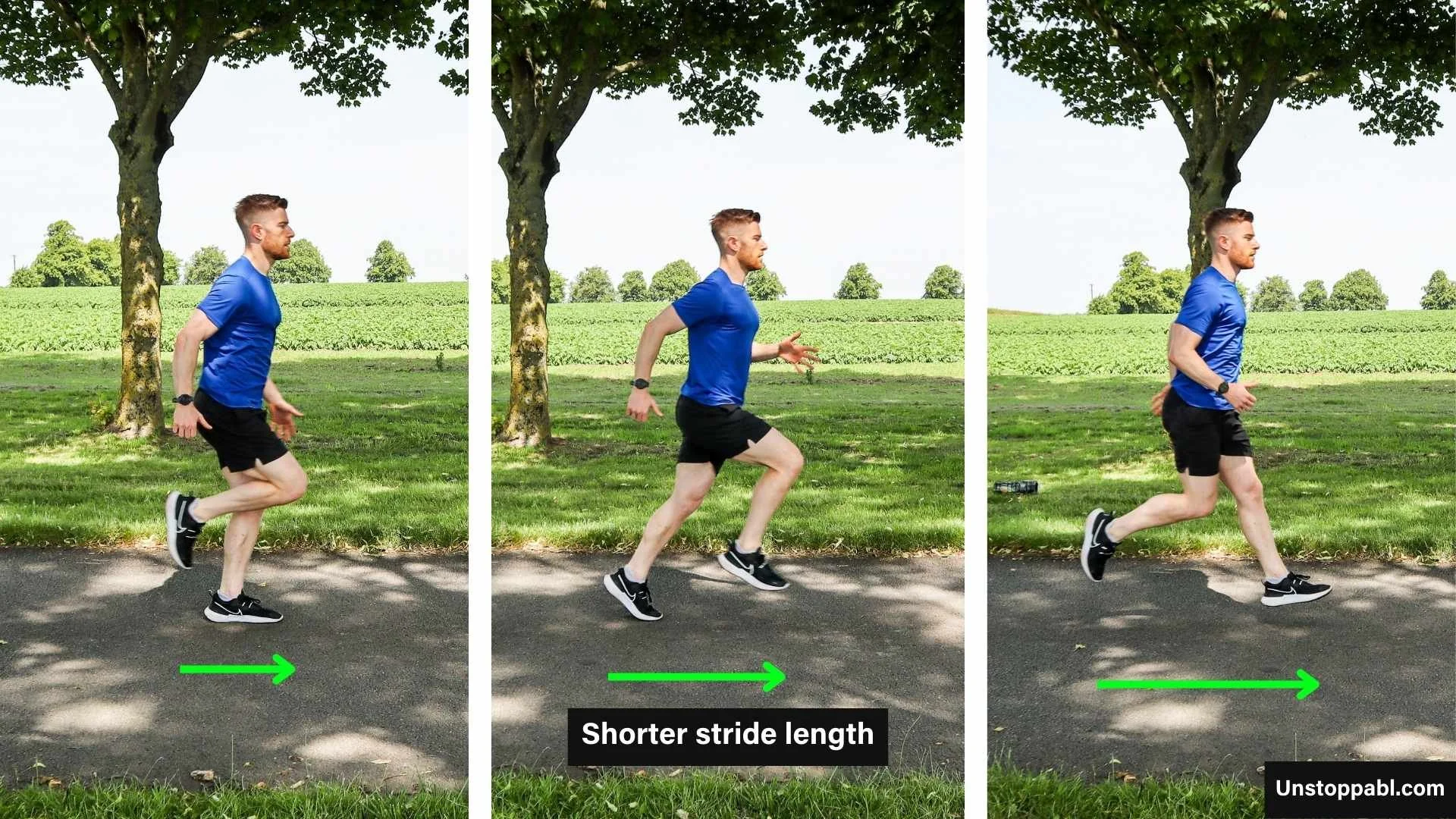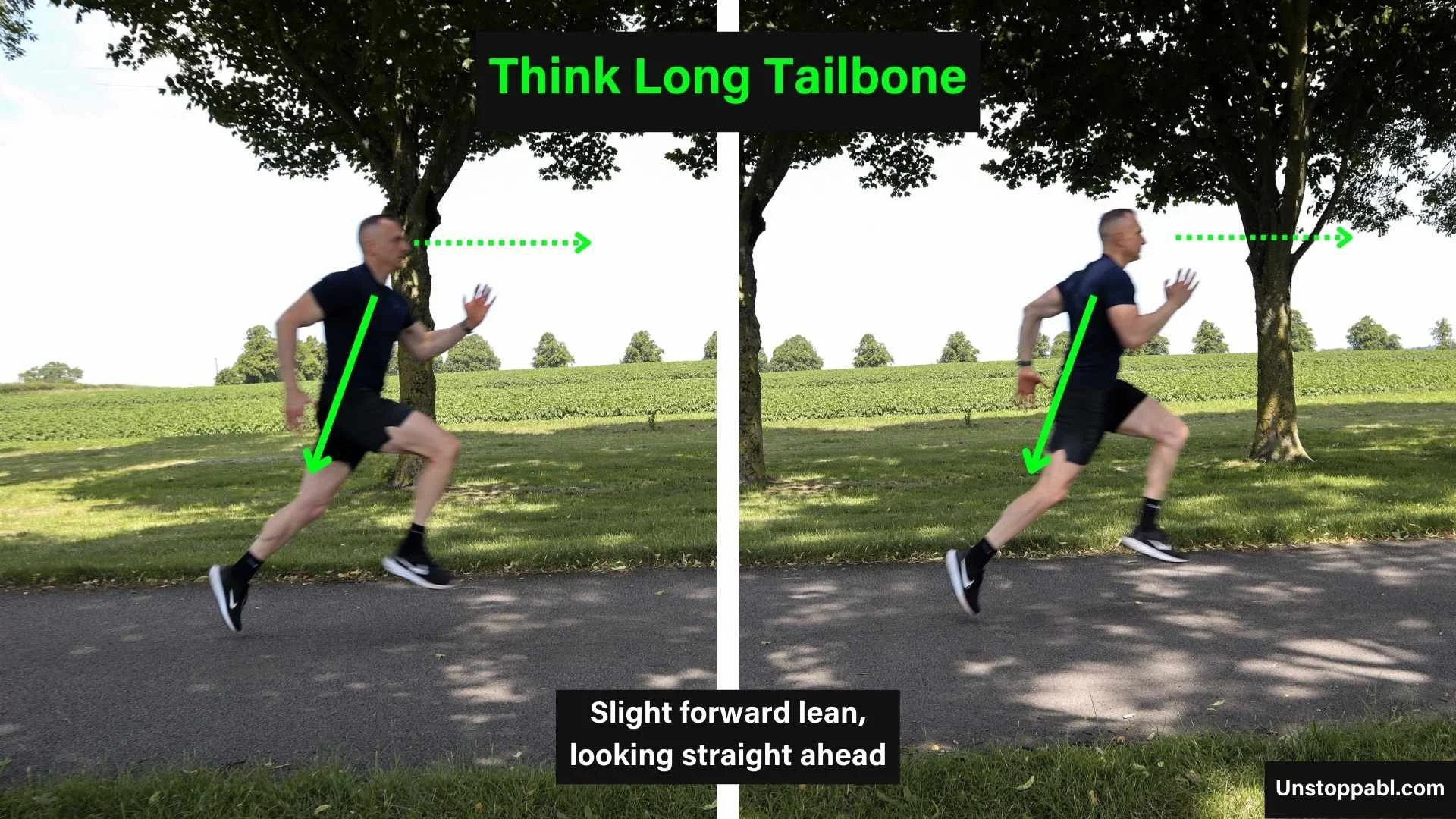Mastering Your Long Distance Running Technique
The ultimate guide to mastering your long distance running technique
Contents Show
There are two reasons why you should improve your long-distance running technique:
Maximise running performances
Decrease your risk of injury
In this article, we’ll show you how you can improve your long distance running technique. So, you can become a faster, more efficient runner and reduce your chance of injury.
Is there such thing as the “perfect” technique?
The running tips we’ll share are based on current research, our own experience working with running clients, and being runners ourselves. There really is no such thing as “perfect” run technique though.
We instinctively learn how to run from an early age. That means you’ve learnt to run in a certain way over the years, that’s best for you and you only.
Your running technique will be different from someone else, we’re all individuals after all.
We can model run techniques off the greatest runners in the world. Examples being Eliud Kipchoge and Kenisa Bekele, but even here you see differences in their run technique.
And would you really tell either of these world record holding athletes to change the way they’re running because they aren’t running with “the perfect running technique”? I think not!
Which brings up the question –
Should you even be considering changing my running style?
If you’re constantly getting injured when you run, then the answer is yes. You should be making changes to your running style.
If you want to maximise your running performances, you should ask yourself what you need to change and how drastic those changes will be.
Small changes to your running style are fine and should be consistently worked on over long dedicated periods of time.
Don’t try to completely change your running style in one go.
One technique tweak at a time
The first way to improve your technique is the foundation for making change long term. Do one technical tweak at a time.
Information overload can be paralysing and can halt progress.
What we tend to see as coaches is that improving one element of your running style has a knock on effect and other elements fall into place.
Here are some more ways to improve your running technique, become a better runner and mitigate your risk of injury.
2. Foot supination
The fastest, most successful runners tend to roll from supination into pronation when they run.
Simply put, as your foot strikes the ground and moves to propel you back off the ground and forward there should also be a movement from your smallest toe through to your big toe for the push off. Check out the image below.
The foot naturally rolls from supination to pronation and pushing off the big toe
You may find that your feet aren’t strong enough to cope with the forces placed on them when you run. What can happen is this:
Your knee and hip joints will take more of the force because the foot cannot cope. This can lead to injury
You will have energy leaks when you run. The force will not transfer through your lower body, making you a slower less efficient runner
By developing your foot and ankle strength you can improve your running technique and speed.
A few easy exercises to improve your foot and ankle strength
Toe pick ups
Place small ‘foot friendly’ objects on the floor. Use your toes to pick them up and drop them into a cup or a bowl.
Start with 2 sets of 10 reps. If this isn’t challenging enough, do more sets, reps, or pick up something heavier with your toes.
Toe pick ups
Single leg calf raises
You can do this exercise at home or in the gym, and before or after your runs.
Hold onto a wall or something for balance
Raise one leg
Push up onto the balls of your feet and contract your calf muscles
Slowly lower back to the start position
Repeat for your desired number of reps
Again, a good place to start 2 sets of 10 reps.
3. Foot strike
Another factor that can help you become a faster runner is how your foot strikes the ground when you run.
Your foot should land slightly in front of you as you make contact with the ground. As you’re foot stays in contact with the ground your centre of mass should move slightly in front of your foot and hips.
This allows you to apply the forces you’re creating when you run in a forward direction. That means faster running speeds and less force and stress placed on your lower body.
If you’re a heel striker, you’re probably overstriding when you run. Heel striking is just about the worst thing you can do If you’re looking to run faster without injury.
Think of heel striking like driving your car with the brakes on. The brakes are constantly trying to slow you down. You have two forces working against each other and something eventually breaks.
This is exactly what happens when you heel strike, you are increasing your chance of injury.
To stop overstriding and heel striking when you run, here are a few things you should try:
Increase your running cadence with these drills
Cadence is the number of steps you take per minute. Try taking more steps per minute. To practice, you can run to the beat of metronome.
You could also put a line of cones out that are set to a shorter distance than your current stride length.
This gets you used to running at a higher cadence. Running with a shorter stride length helps prevent the overstriding which leads to striking the ground with your heel.
Improve your hamstring strength
Hamstrings are one of the most active muscle groups when you run. Your hamstrings are responsible for hip extension and knee flexion and bring your leg back towards your body when you run.
If you’re heel striking now it could be that your hamstrings aren’t strong enough to bring your leg towards your body.
By improving your hamstring strength as well as increasing your cadence you can move towards more of a forefoot strike when you run.
This will reduce your chance of injury and make you a faster runner.
The two exercises that should be a staple in every runners workout programme are the Romanian deadlift and Nordic hamstring curls.
How to do a Romanian deadlift:
Start standing with your toes under the bar
Lean over and take hold of the bar with your hands a little wider than your knees and palms facing you
Push your chest out and keep your back straight.
With your knees nearly straight, keeping your back straight and chest pushed out, lift the bar and thrust your hips forward until you’re standing in an upright position
Keeping your back straight and chest pushed out, lower the bar in a controlled manner until you feel a stretch in the back of your legs
Lift the bar again for your desired number of reps
How to do Nordic hamstring curls:
You will need a partner to hold your ankles down or anchor your ankles under something stable
Place some soft cushioning under your knees for comfort
Engage your hamstrings and slowly lower your torso to the ground
Keep your chest in line with your hips as you slowly lower yourself to the ground as this will engage your hamstrings more
As you lower yourself to the ground and you can no longer slowly lower your torso use your hands to stop yourself from hitting your head on the floor
Use both hands to push yourself back to the start position, engaging the hamstrings as you go
Note: spend more time on the lowering phase this movement. This is where you will get most benefit from this exercise.
Recommended: for both of these exercises start with 3 sets, 2-6 reps, 2 minutes or more rest. For the Nordics start with 2-3s on the way down and try to increase each week as you go.
This will help you to move towards a forefoot strike when you run, which is more efficient, and you’ll be less prone to injury risk. The forefoot is like hitting acceleration pedal in your car without the brakes!
4. Think about maintaining a long tailbone when you run
One of the most common and worst cues running coaches use is “run tall”. Here’s why running tall is the wrong cue to become a better runner.
When you run tall the torso and head are way too upright. When these are too upright you do not achieve the natural forward lean that you need to run fast
Running tall mistimes the rhythm of your arms and the point at which your legs make contact with the ground.
‘Running tall’ is the wrong cue to run faster
Thinking about “running tall” can cause injury. It can also create slower running speeds as you overstride and your foot isn’t under the hips as you push off the ground.
A better way to improve your long-distance running form is to think about maintaining long tail bone. What this means is keeping your chest up and forward. This is what the perfect running posture should look like.
Maintaining a long tailbone is the right cue to run faster with good technique
You’ll notice when you do this is you’ll feel the “tallness’ when you run.
So concentrate on your lower back as opposed to your head when you are thinking of “running tall”
A great drill for teaching this technique is called “squatty runs”.
5. Your arms lead the way
Running requires you to use your arm. They are the driving force for your hips and legs, not the other way round. Try running fast with your arms by your side, you’ll know see what we mean!
Therefore, to create speed and become a faster, better runner, the arms are important. Speed is created by twisting, otherwise known as torque. To create more torque/speed your arms should twist slightly.
Yes, that means your arms are allowed to break out of the 90 degree rule that some running coaches teach!
Your arm form when you run should closely mimic this:
Bending your arms throughout your run
Side view of arm swing when running
Drive your arms backwards and not being afraid of your arms twisting slightly
Back view of arm swing when running
Imagine you’re holding a rope in each hand, as this helps to keep your arms free
Bringing your hands back up towards your shoulder and midline of your body
Front view of arm swing when running
What you think your arms are doing, and what they are actually doing are generally very different. A tool we use with all or running clients is to video them running normally.
By videoing your runs as you progress you can really start to focus on and feel the changes you’re trying to make to your arm form when you run.
It may sound overly simple, and some would argue that just doing isolated drills is the answer, but you need to be able to execute the form in running. Otherwise, there’s no point.
6. Aim for ‘peace’ when you run and scrap the word ‘relax’
Relaxation is something that many coaches teach to ‘help’ their athletes run without tension in the muscle.
We’ve recently changed our standpoint on this, and we’ve found that the word ‘peace’ evokes a better response in athletes and runners. They focus on the feeling they should have when they are running, staying present, and really feeling every movement they make.
Asking a runner to run fast and relaxed doesn’t make sense. Running requires you to exert huge amounts of force. And to run ‘relaxed’ takes away a runner’s ability to produce this force and slows them down!
We don’t want that. Instead we teach running with peace. To run with peace means to be fully present. To be mindful of what you’re doing when you run.
You’re only giving attention to the present moment. You have more control over the present moment and thinking about and feeling every movement as it happens.
By aiming for ‘peace’ when you run and staying present you will have more clarity while you run. You will be free from stress, tension, and the anxiety that happens when some runners try and be too precise when they run, especially during competitions.
This will help you to run faster when you condition yourself into ‘peace’ instead of ‘relaxation’. Running is an art.
How can you run with peace?
Practice regular mediation. Learning to focus is like training a muscle, the more you practice the stronger it becomes. By doing this you will be able to focus on the present moment, which in this case is running
Smile! This unclenches your jaw, softens your facial muscles and relaxes your shoulders.
Take some deep breaths before you run. Again, I find a regular meditation practice does a brilliant job too
7. Conditioning your body for running
As you get tired when running, the quality of your form can decrease. This alters your running style. By altering your running style certain muscles that are stronger than others will take more of the workload. This can lead to them being overworked and cause injury and time off from running.
To make sure this doesn’t happen you need to strengthen and condition your whole body. This is so you can run for longer periods of time without sacrificing good running form. This is how you’re going to run faster, smash a PB and stay injury free.
An important quality in fast runners with good form is their strength. That doesn’t only include strong muscle groups, but strong tendons and connective tissue too.
You’ll be pleased to hear one of the best ways to improve your strength as a runner is by running regularly.
But what is far too often neglected is the important of resistance training when it comes to running.
This is another way you can build strong muscles, tendons and connective tissues.
You need to be ‘strong enough’ for running.
Put simply, you don’t want to be constantly pushing for a PB in the weights room. This can have a detrimental effect on running performances.
As long as you can roughly squat 1.5 times your bodyweight and deadlift 1.75 times your bodyweight, you’re plenty strong enough to run.
Some of my favourite exercises for building a solid base of strength for running are:
Back squat
Deadlift
Power cleans
Romanian deadlift
Nordic hamstring curls
Barbell hip thrust
Smith machine calf raises
Palloff press
Pull ups
Press ups
To build strength you should be aiming for 1-6 reps. As a long-distance runner, you will also need to be stronger for longer periods of time. I would also recommend training in the range of 6-20 reps as well. This will help to build endurance.
8. Breathing properly while running
In long distance running you need oxygen. As your heart rate increases and your muscles work harder there’s more demand for oxygen in your body.
If you can take more oxygen into your body (VO2max) you will be able to run faster.
The best strategy is to breathe through your nose and your mouth while you run. This will help you to take in more oxygen per breath.
Also consider that running is rhythmic. So think about how many steps you take on the inhale and the exhale. I’ve started doing this a lot more as a sprinter and it really helps. Find a rhythm that works for you.
Concluding the ultimate guide to mastering your long distance running technique
So that’s 8 ways ways you can improve long distance running technique and start to run faster and stay injury free. Remember, working on one thing at a time is paramount. Master it and then move on to the next element.
It can sometimes be overwhelming when you want to get faster and you’re not sure where to start.
If that’s you we offer online running coaching at Unstoppabl, where we analyse your current running style and then build you a training plan to become a faster runner. We’re there for support at each stage of improving your runs and getting faster times.
If you want to take the guesswork out of running faster work online with an Unstoppabl running coach, that is also a runner themselves. Get in touch to see how we can help you.
